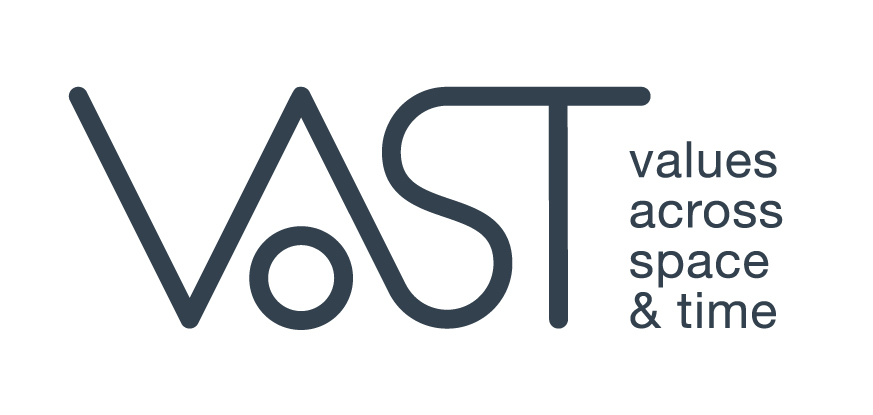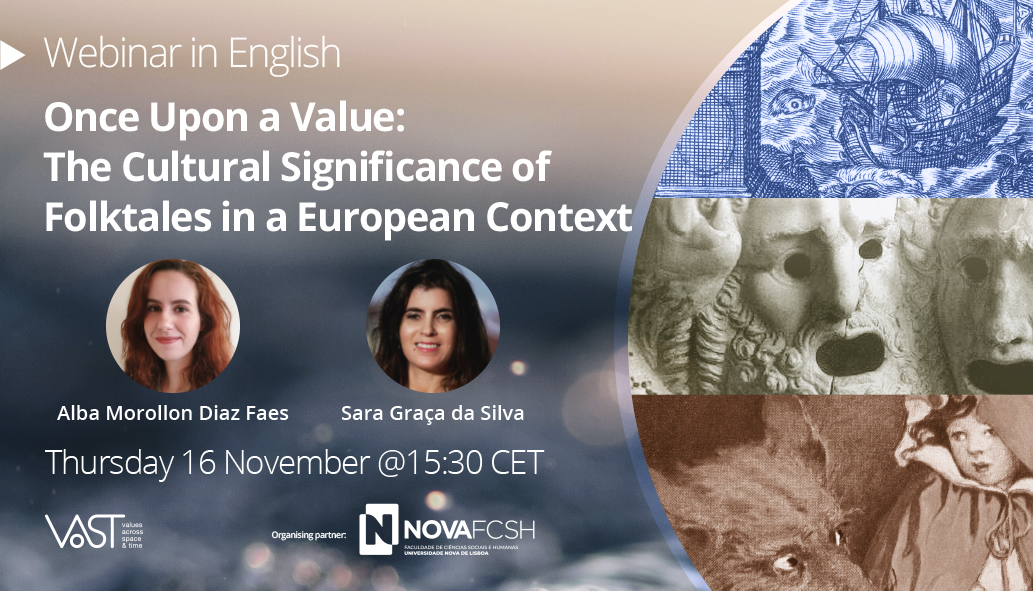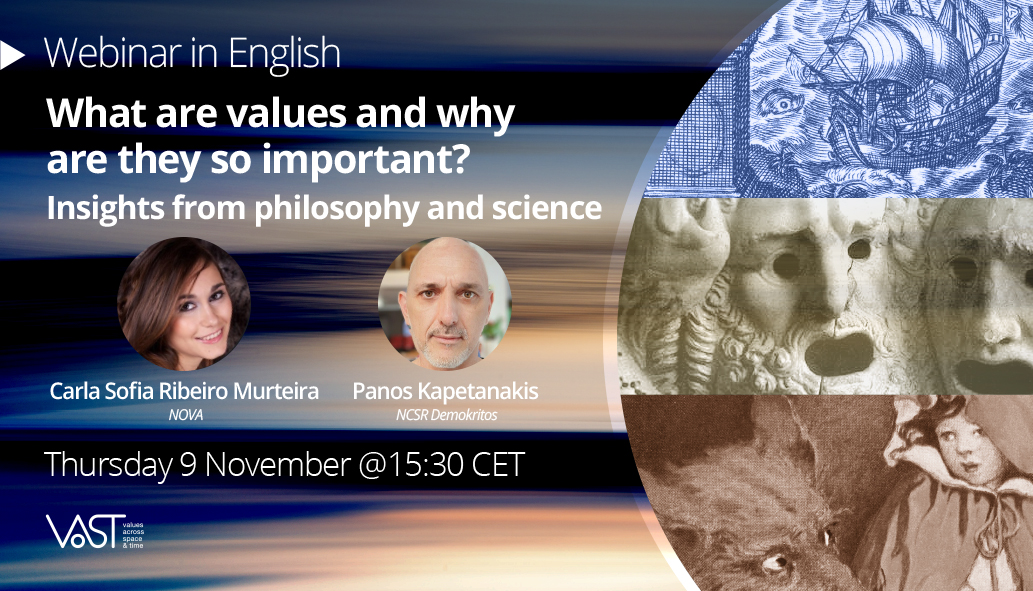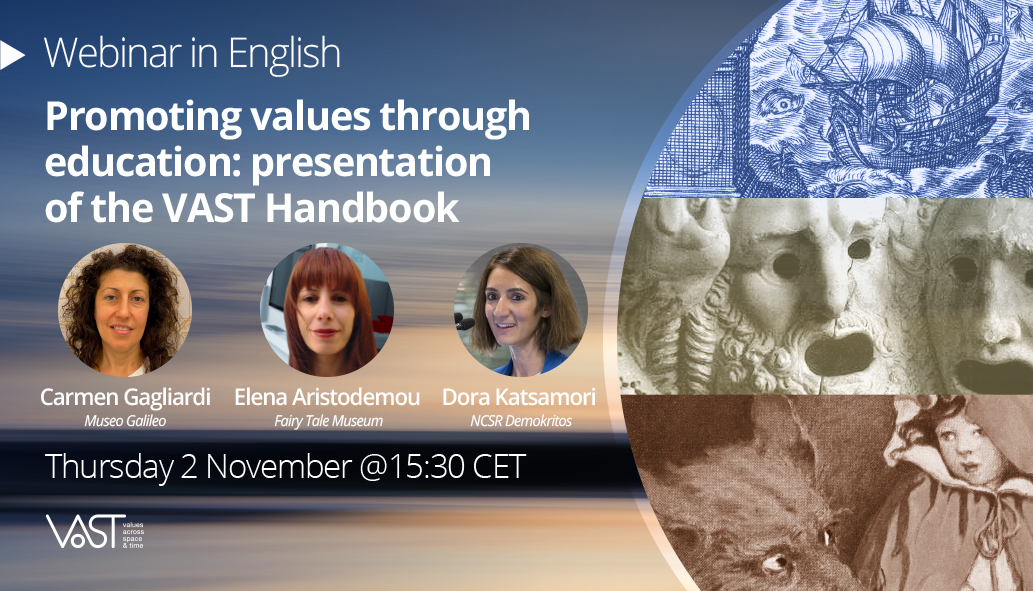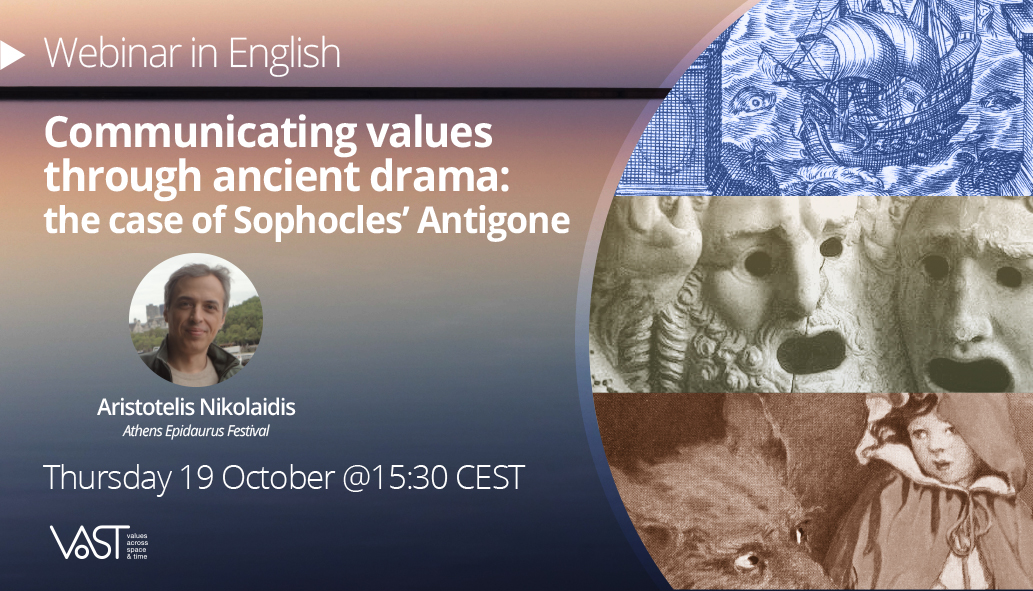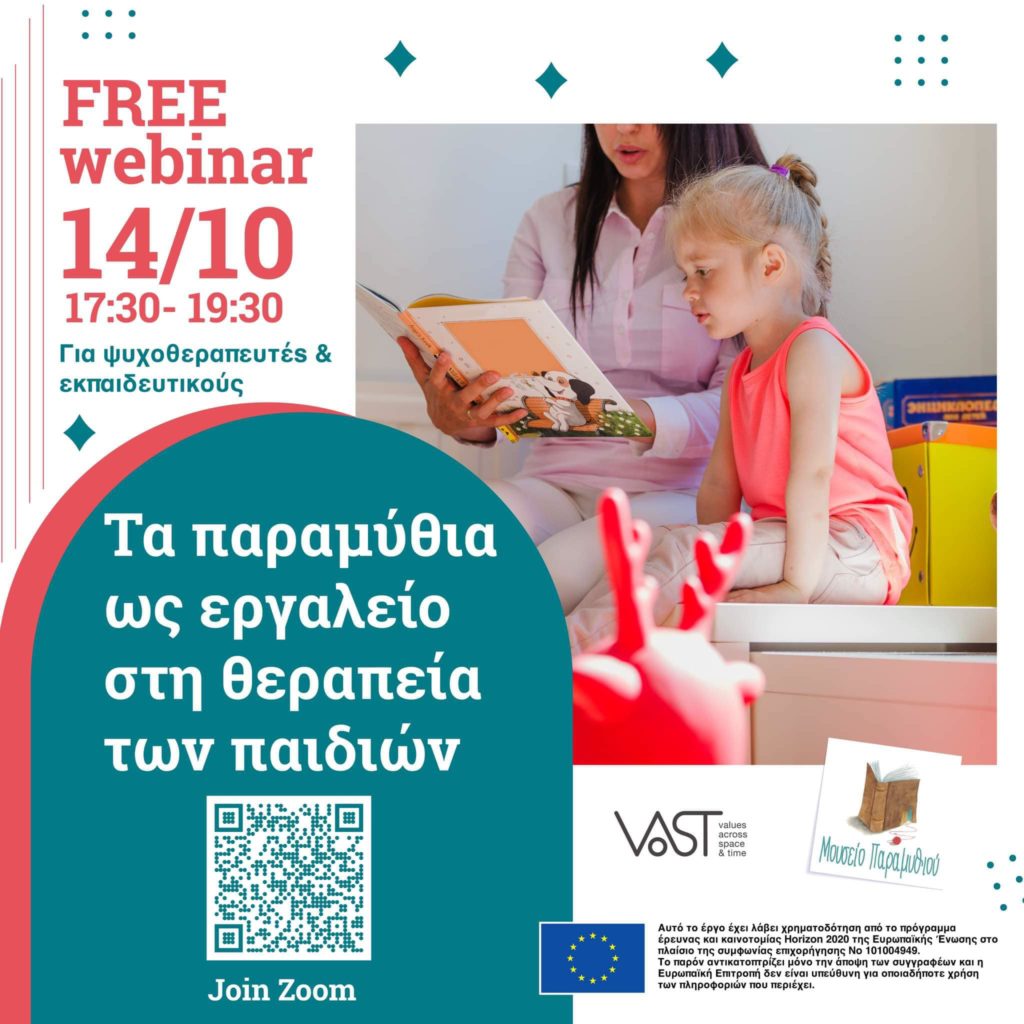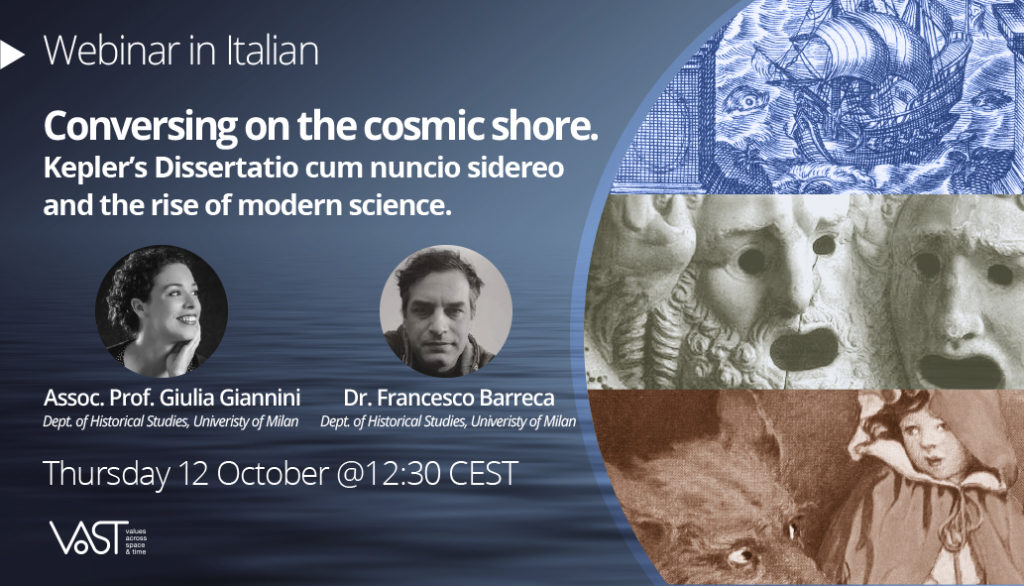Visit the following link to join the webinar via Zoom:
https://us02web.zoom.us/j/82164083763?pwd=OUhNV0tHWldHZmtraW9TaEQyeHgxZz09
Meeting ID: 821 6408 3763
Passcode: 206436
Webinar info: This webinar offers a critical examination of folktales’ cultural significance, navigating between their historical roots and the debate over the universality versus cultural specificity of their embedded values. It will chart the importance of storytelling, the evolution of folktale and fairy-tale studies, the Grimms’ influence on the genre’s classification, and how the subsequent ‘Disneyfication’ may have contributed to a flattened perception of these narratives. Often dismissed as mere children’s literature, folktales serve as complex repositories of societal norms, and reflect varied cultural values across time and space. Engaging with various scholarly perspectives, the session seeks to unravel the intricate tapestry of meaning woven into the fairy-tale tradition and its enduring impact on our collective consciousness.
